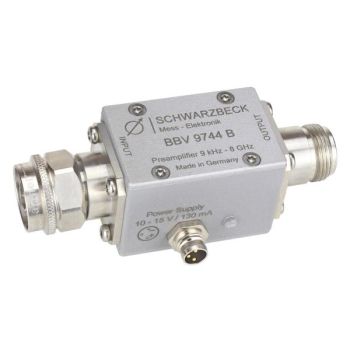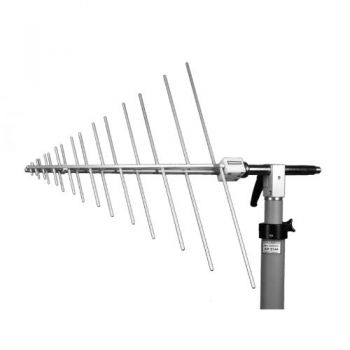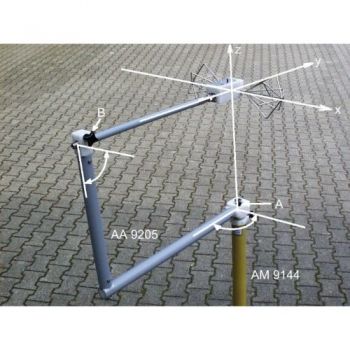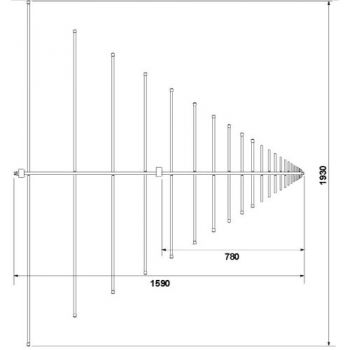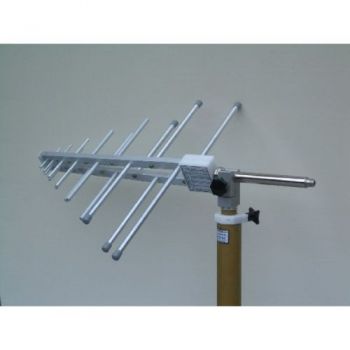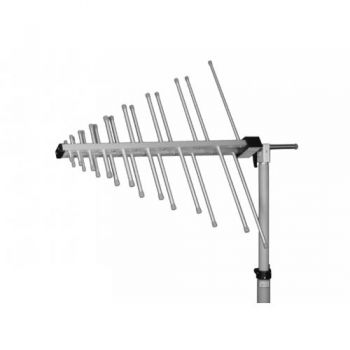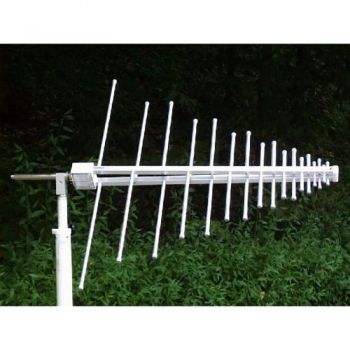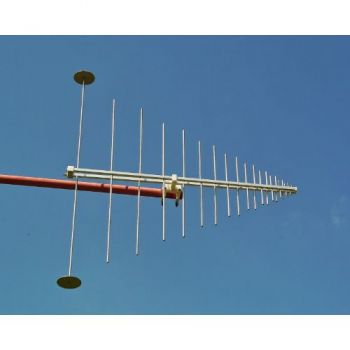Products
- Low Noise Amplifier (preamp)
- 9 kHz - 8 GHz
- Typical gain: 27 dB
- Noise Figure: 2.7 dB
The USLP 9143 is a log-periodic antenna
- 0.25 - 8 GHz
- 50 W
- Type N (female)
AA 9205 Mast Adapter for Antenna Mast System AM 9144
The VUSLP 9111 E is a polarized log-periodic antenna
- 65 - 4000 MHz
- 1 kW
- Type N (female)
TA 9204 Thread Adapter with 3/8" female and 1/4" male threads. Mainly for American antenna brands.
TA 9205 Thread Adapter with 1/4" female and 3/8" male threads. (For camera tripods, not for AM 9144)
TA 9206 Thread Adapter with 3/8" female and 5/8" male threads. (Geodesy)
The UHALP 9108 A is a polarized log-periodic antenna
- 250 - 2400 MHz
- 1 kW
- Type N (female)
The VULP 9118 A is a polarized log-periodic antenna
- 180 - 1500 (2000) MHz
- 1 kW
- Type N (female)
The VULP 9118 B is a polarized log-periodic antenna
- 160 - 1500 (2000) MHz
- 1 kW
- Type N (female)
The VULP 9118 C is a polarized log-periodic antenna
- 100 - 1400 (2000) MHz
- 1 kW
- Type N (female)
The VULP 9118 D is a polarized log-periodic antenna
- (85) 95 - 1500 (1800) MHz
- 1 kW
- Type N (female)

